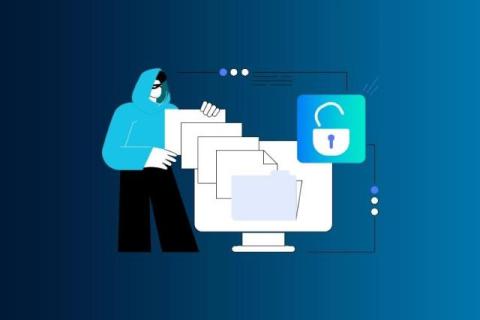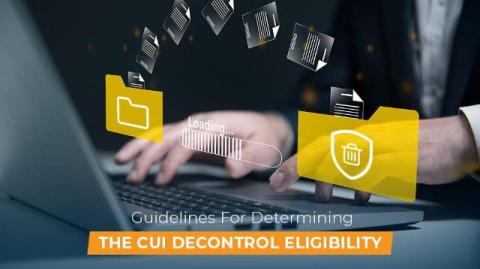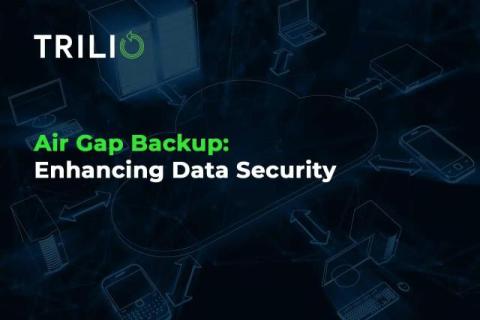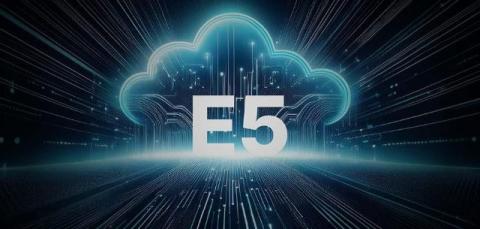Featured Post
The path of least resistance to Privileged Access Management
Privileged Access Management (PAM) has been around for more than 20 years taking critical accounts and putting them into a vault to ensure only select individuals could access them securely. Since then, PAM has evolved and now focuses on controlling the access itself which means preventing broad access to specific data and providing insight into who has access and when an account has been accessed. Privileged accounts have traditionally been given to administrators to access critical data and applications.











